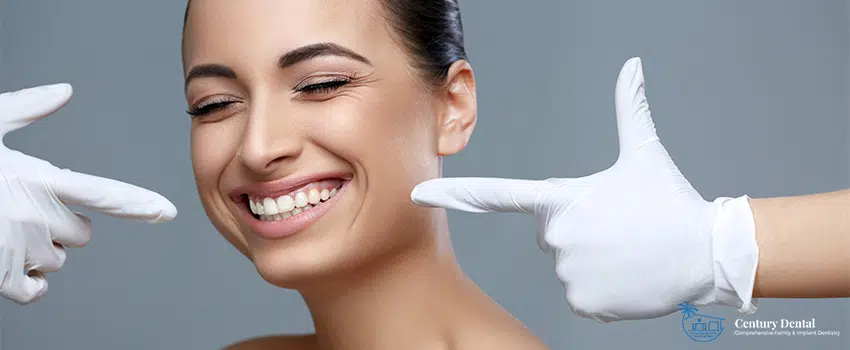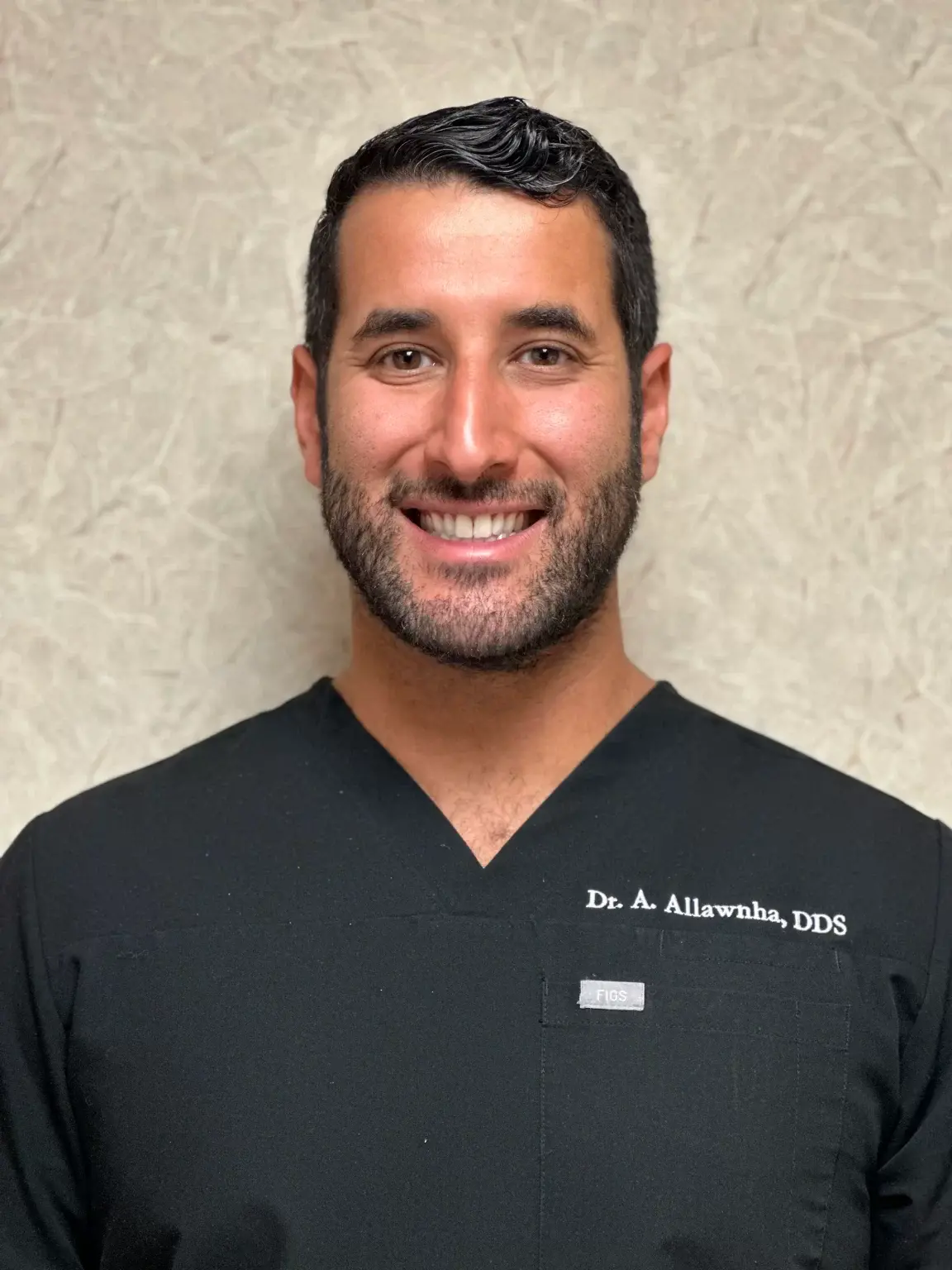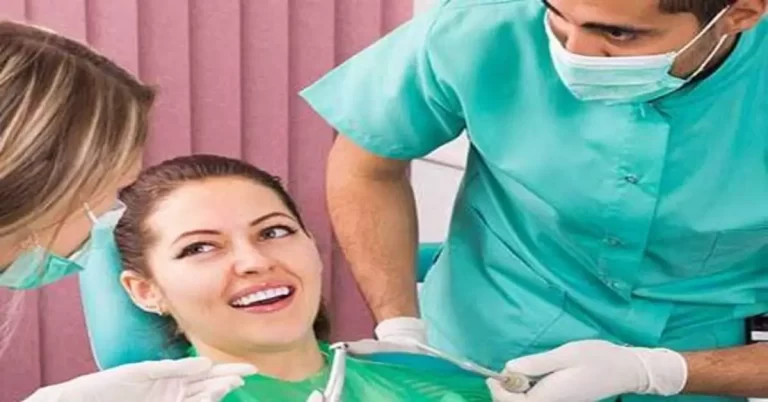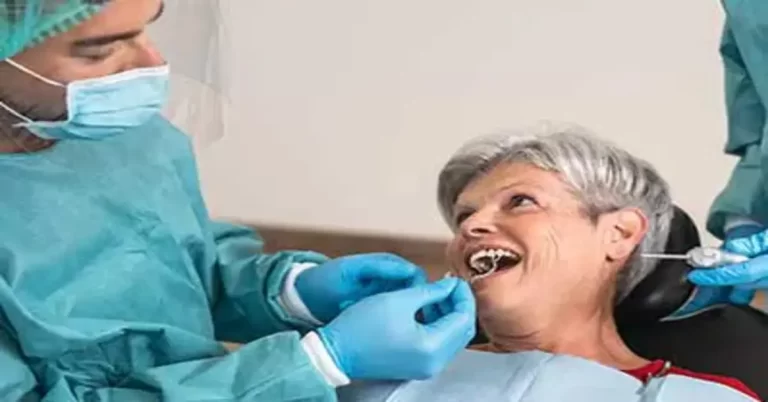Teeth whitening is one of the most common ways to enhance your smile. Whether you choose a do-it-yourself approach or – more preferably – a clinical approach, it’s important to consult your dentist first before trying anything for teeth discoloration.
Professional teeth whitening treatment offers a boost of self-confidence through an enhanced smile. It is not a straightforward procedure wherein you apply a product and wait for results. It requires a consistent amount of effort, as staining and discoloration can occur immediately after the treatment. Knowing what to do after teeth whitening – especially in the initial 48 hours after the procedure – will ensure that your results last.
To help you get started with teeth whitening aftercare, we are going to lay out some facts on what causes teeth discoloration and some tips on what foods to avoid after teeth whitening.
What Causes Teeth Discoloration?
Tooth discoloration occurs as a result of consuming staining foods and drinks. More specifically, it is caused by substances found in these foods, such as acids, tannins, and chromogens.
These components stain the enamel or leave it fragile for stains to settle on the surface easily. That’s why it is recommended to avoid eating foods that contain these substances for at least 48 hours after teeth whitening.
In some cases, it involves internal reasons. As you age, the tooth enamel grows thinner – slowly exposing the dentin and giving it a yellowish color. If you notice that your teeth have a set of yellow and white teeth, it may be a sign that you have thin tooth enamel.
For some, tooth discoloration occurs because of tobacco or the lack of proper dental hygiene and care.
What to Avoid When Whitening Teeth
There are a lot of things that you should know when employing teeth whitening treatment to enhance your smile. To achieve long-lasting, effective results, here are some things to avoid when trying to whiten your teeth:
1. Don’t try to do it yourself.
A lot of teeth whitening products like gels or strips are made available over the counter. They contain around 6 to 10 percent of hydrogen peroxide, which helps in teeth whitening. Although they are convenient and easy to apply, they only work for removing surface stains and making teeth white for a short amount of time.
Unlike in-office teeth whitening treatments, you will also have to apply the product yourself, which means the results vary from one person to another.
For faster and more effective results, an in-office teeth whitening treatment is the best option. They have more powerful whitening gels and special lighting tools to aid in the procedure, so have an experienced dentist work on your teeth to achieve optimal results.
2. Don’t whiten your teeth too often.
You might want to speed up the process, but keep in mind that teeth whitening requires sufficient time intervals between treatments. This is because whitening too often causes sensitivity issues that overshadow its benefits.
3. Don’t experiment with your whitening treatment.
Customizing your own teeth whitening treatment is not an option. Your dentist knows how the procedure goes based on his or her professional background and experience, so following their instructions ensures a much-desired result. Listen to your dentists to avoid the risk of long-term sensitivity and discomfort.
Foods to Avoid After Teeth Whitening
As a rule of thumb, you should avoid foods and beverages that have natural pigments and dyes that can lead to tooth discoloration. However, this does not necessarily mean cutting off these foods for all time.
Since your teeth are sensitive during the first days after the teeth whitening procedure, several dentists recommend avoiding these foods for a span of 48 hours.
Below are some of some foods that you should strictly avoid post-teeth whitening treatment.
1. Colored Beverages
A common part of teeth whitening aftercare includes avoiding strongly-colored beverages like coffee, tea, red wine, fruit juices, beer, and sodas. Their vibrant, artificial color (plus caffeine for coffee) tends to stain teeth.
However, if you can’t go about your day without having your morning coffee or a glass of wine at dinner, consider drinking the beverage with a straw to keep liquids from coming in contact with your teeth. Better yet, you can choose alternatives like milk, coconut milk, white wine, or water.
2. Dark-colored Foods
Similar to staining beverages, there are tons of foods to avoid after a teeth whitening treatment. Among these are:
- dark-colored sauces (e.g., tomato sauce)
- colored spices (e.g., paprika)
- color-coated candies and chocolate
- snacks with powdered cheese (e.g., cheddar cheese popcorn)
- highly pigmented fruits and vegetables (e.g., blueberries).
3. Acidic Foods
After the teeth whitening procedure, your teeth’ enamel becomes weaker. Acidic foods further harm the enamel by increasing the acidic nature of saliva with its low pH concentration. Furthermore, the bleaching agent used can also harm your tooth enamel by causing teeth sensitivity.
Here are some of the foods to avoid:
- grapes
- oranges
- pineapple
- cranberry
- tomatoes
- pickled foods
4. Tobacco
Smoking and chewing tobacco not only harms your oral health and causes teeth coloration, but it also negatively affects your overall health. To prevent re-staining after a teeth whitening treatment, steer clear of tobacco products – at least for a few days after the procedure.
Schedule an Appointment Today
Now that you know what not to do after teeth whitening treatment, it’s time to put your knowledge into practice.
Our in-office teeth whitening treatment only takes a single appointment. Achieve optimum dental health care from our dentists in Treasure Island, FL. For inquiries about our treatment options for teeth whitening, call Century Dental today!





